Premium Only Content
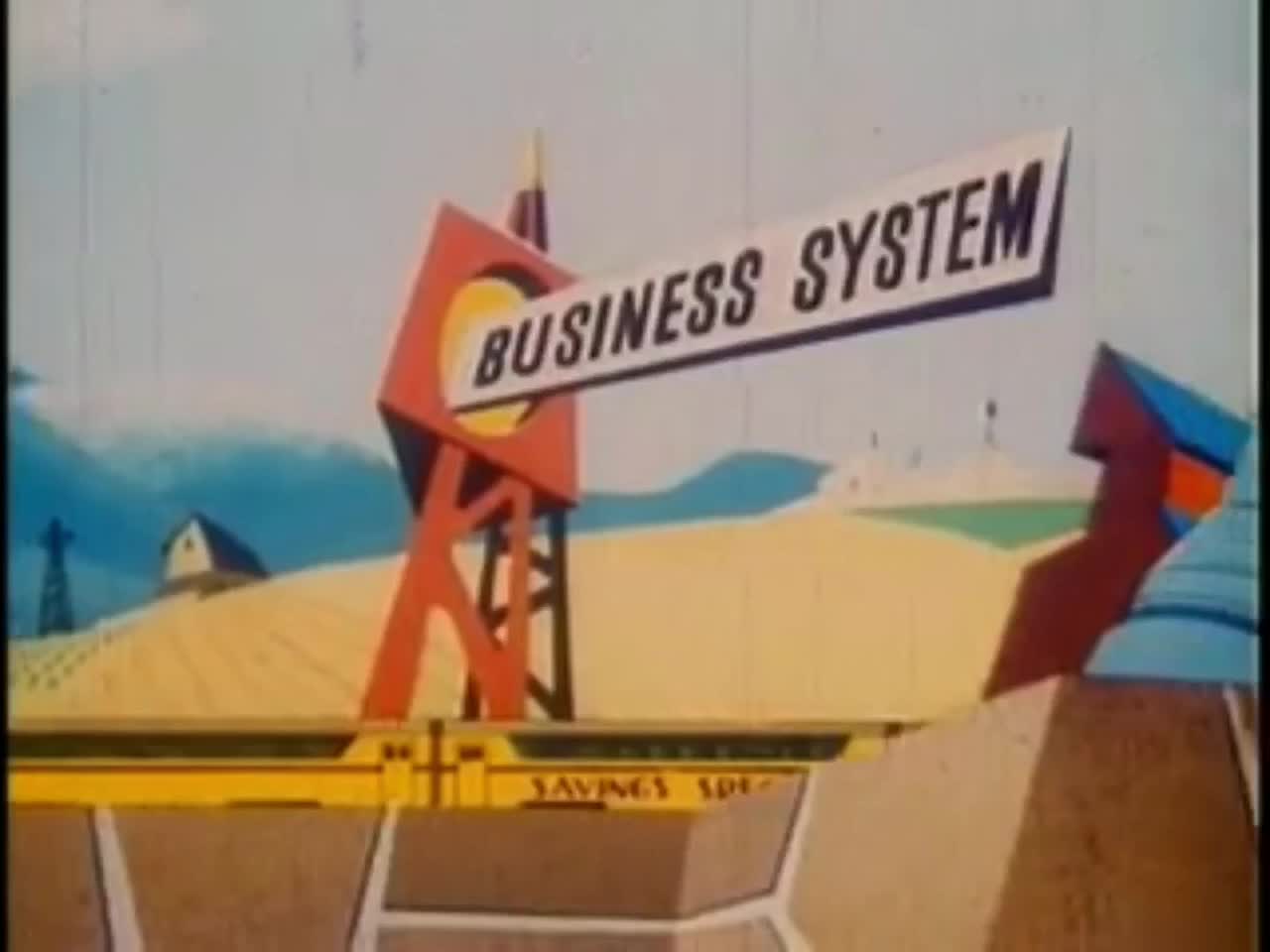
How To America | Grizly Adams
It's Everybody's Business
by Sutherland (John) Productions, Inc.
Publication date 1954
Usage Public DomainCreative Commons Licensepublicdomain
Topics Cold War, Capitalism, Animation: Advertising
Digitizing sponsor U.S. Chamber of Commerce / E.I. duPont de Nemours & Co., Inc.
Corporate Cold War-era cartoon linking Bill of Rights to free-enterprise ideology.
Shotlist
The end of World War II did not bring peace at home. Nuclear anxiety, anti-Communism and international political realignments fueled the Cold War and turned our country's media landscape into a battleground from the late 1940s on. In the press, on the radio, and increasingly through the newly emerging medium of television, business and labor struggled for power over the national consciousness. Seeking a prize worth much more than public consent, these opposing forces fought to redefine the economic structure of the nation.
To most working people, postwar "normalcy" meant a final farewell to Depression-induced privation, access to consumer goods unavailable during the war years, and a redistribution of the economic pie through the newly powerful labor movement. To business, however, the end of hostilities promised freedom from New Deal liberalism. Corporations sought an end to planning and government influence, to communist, socialist and labor movements, and above all, shrinkage of the public sector, swollen in sixteen years of economic depression and war. Both sides characterized their points of view as patriotic and their opponents as un-American.
Business fought for influence through organizations like the U.S. Chamber of Commerce and the National Association of Manufacturers. Their intentions were presented as lofty and neutral: to educate Americans about our economic system and its benefits. Launching a giant propaganda offensive, these organizations pumped out press releases, published books, organized public and private meetings, bought advertising and produced motion pictures.
It's Everybody's Business links the Bill of Rights to the tenets of free-enterprise ideology, "interlocking inseparably the blocks of our political and economic freedom." This strategy expresses not only the opinions of the film's sponsors, but is also a skillful attempt to co-opt liberal discourse, which sought to champion the Bill of Rights against McCarthyite excesses. By linking freedom and patriotism with the market economy the movie tries to manufacture universal consensus.
Like other Sutherland productions (Make Mine Freedom, Meet King Joe and A Is For Atom), this employs a "stealth" strategy. Self-deprecating humor prevails, perhaps because the films were made to play before distracted and highly skeptical audiences, and the targets of this humor include our consumer culture and the dubious innovations it creates.
Aside from self-deprecating humor, this film features several memorable visual devices: the "tax monster," the tidal wave of war, and the animated paper money riding on the train.
Ken Smith sez: This John Sutherland cartoon glorifies the American consumption economy, and tells its viewers that it would be unpatriotic not to "risk your savings in our competitive business system." Watch for the many scenes where anthropomorphized dollar bills run around frantically, and don't miss the relentless, money-sucking tax monster. The Freedoms Foundation awarded this film its gold honor medal as "the best film developed in the United States during 1954 to further better understanding of the American way of life." In Technicolor.
U.S. Chamber of Commerce Cartoons Animation Accents (Scottish) Capitalism Business Free enterprise Economics Advertising Sales Competition Money (animated) Money Distribution Manufacturing Consumerism Gender roles Graphs Surrealism Blood Football (huddles) Huddles (football) Executives (animated) Marketing Manufacturing Assembly lines (animated) Parades (commercial) Wars (effect on business)
-
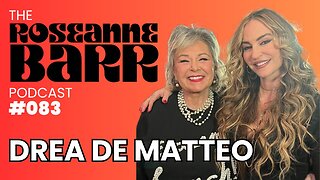 LIVE
LIVE
Roseanne Barr
4 hours ago $2.83 earnedWe are so F*cking Punk Rock! with Drea de Matteo | The Roseanne Barr Podcast #83
2,376 watching -
 LIVE
LIVE
Joker Effect
8 minutes agoUkraine in a video game? Hardest thing I have done. S.T.A.L.K.E.R.2 Heart of Chornobyl,
299 watching -
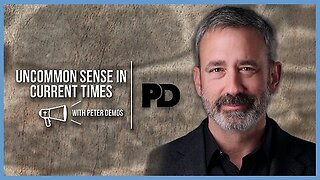 51:58
51:58
PMG
3 hours ago"Can the Government Learn from Elon Musk’s 70% Labor Cut? A Deep Dive into Inefficient Agencies"
158 -
 LIVE
LIVE
Amish Zaku
3 hours agoRumble Spartans #10 - New Year New Maps
13 watching -
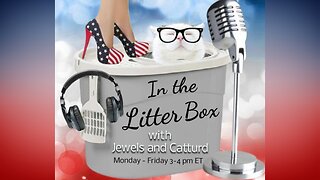 1:04:58
1:04:58
In The Litter Box w/ Jewels & Catturd
1 day agoNo Tax On Tips! | In the Litter Box w/ Jewels & Catturd – Ep. 722 – 1/17/2025
119K31 -
 5:35:39
5:35:39
Dr Disrespect
9 hours ago🔴LIVE - DR DISRESPECT - WARZONE - CRAZY CHALLENGES
147K30 -
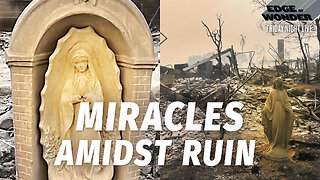 1:16:30
1:16:30
Edge of Wonder
5 hours agoLA Fire Updates: Miracles Amidst the Devastation
10K3 -
 54:54
54:54
LFA TV
9 hours agoBanning Mystery of the Ages | TRUMPET DAILY 1.17.25 7pm
13.8K3 -
 DVR
DVR
2 MIKES LIVE
3 hours ago2 MIKES LIVE #168 Open Mike Friday!
14.2K2 -
 1:05:11
1:05:11
Sarah Westall
4 hours agoMysterious Fog and California Wildfires Both Contain Dangerous Elements w/ Dr Robert Young & Hazen
19.2K6